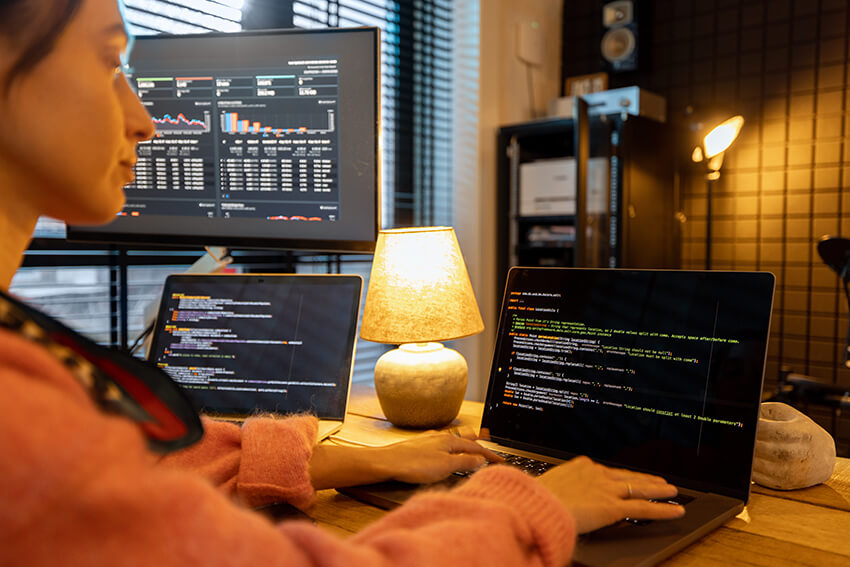Leveraging ICT for Effective Grievance Redress Mechanisms in World Bank and African Development Bank Projects

In the realm of project implementation, particularly those funded by institutions like the World Bank and the African Development Bank, an effective grievance redress mechanism (GRM) is crucial.
Utilizing Information and Communication Technology (ICT) can significantly enhance the efficiency, transparency, accuracy, and security of these mechanisms.
This article delves into how ICT can revolutionize GRMs, with a focus on the frameworks provided by the World Bank’s Grievance Redress Service and the African Development Bank’s Independent Review Mechanism.
The Importance of Grievance Redress Mechanisms (GRMs)
Grievance Redress Mechanisms are essential for ensuring that any concerns or complaints related to project implementation are addressed promptly and effectively. They provide a structured process for affected parties to voice their issues and seek resolutions. Efficient GRMs are fundamental to maintaining trust and accountability in projects, particularly those funded by multilateral banks.
Current Frameworks: World Bank and African Development Bank
World Bank Grievance Redress Service (GRS): The World Bank’s GRS offers a channel for individuals and communities to submit complaints related to World Bank-supported projects. The GRS aims to address grievances promptly and transparently, ensuring that all voices are heard and issues are resolved.
African Development Bank Independent Review Mechanism (IRM): The IRM of the African Development Bank provides a similar platform for addressing grievances related to its projects. It ensures that complaints are handled with fairness and transparency, reinforcing the bank’s commitment to accountability and sustainable development.
Challenges Faced by Traditional GRMs
Despite their importance, traditional GRMs often face several challenges:
- Inefficiency: Manual processes can be slow, leading to delays in addressing grievances.
- Lack of Transparency: Stakeholders may not have visibility into the status of their complaints.
- Inaccuracy: Manual data entry can lead to errors, affecting the quality of the resolution process.
- Security Concerns: Protecting the privacy and data of complainants is paramount, and traditional systems may lack robust security measures.
The Role of ICT in Enhancing GRMs
Information and Communication Technology can address these challenges effectively. Here’s how:
- Improved Efficiency: ICT solutions, such as online portals and mobile applications, can streamline the process of submitting and tracking grievances. Automated workflows ensure that complaints are routed to the appropriate departments swiftly, reducing response times.
- Enhanced Transparency: Digital platforms can provide real-time updates to complainants, allowing them to track the status of their grievances. This transparency builds trust and ensures that all parties are informed throughout the process.
- Greater Accuracy: Automated systems reduce the risk of human error in data entry and processing. Digital records ensure that all information is accurate and easily retrievable, facilitating better decision-making.
- Robust Security: Advanced security measures, such as encryption and secure login protocols, protect the data of complainants. ICT systems can ensure that sensitive information is handled with the utmost care, maintaining confidentiality and compliance with data protection regulations.
Case Studies: ICT in Action
World Bank’s GRS: The World Bank has integrated ICT into its GRS, offering an online platform where complaints can be submitted and tracked. This system has improved the efficiency and transparency of the grievance redress process, making it easier for stakeholders to engage with the bank.
African Development Bank’s IRM: Similarly, the African Development Bank’s IRM leverages ICT to manage grievances. Their online portal provides a user-friendly interface for submitting complaints, tracking their status, and receiving updates. This integration of technology has enhanced the overall effectiveness of the IRM.
Future Directions: Embracing ICT for Better GRMs
As technology continues to evolve, there are several innovative solutions that GRMs can adopt to enhance their capabilities further:
- Artificial Intelligence and Machine Learning: AI and ML can analyze large volumes of grievance data to identify patterns and predict potential issues before they escalate. These technologies can also help categorize complaints and suggest appropriate resolutions.
- Blockchain Technology: Blockchain can offer a secure and transparent way to record and track grievances. Its immutable nature ensures that records are tamper-proof, enhancing the credibility of the GRM.
- Mobile Solutions: With the proliferation of smartphones, mobile applications can provide an accessible platform for submitting and tracking grievances. These apps can offer offline capabilities, ensuring that individuals in remote areas can still engage with the GRM.
- Social Media Integration: Integrating social media channels into the GRM can provide an additional avenue for stakeholders to voice their concerns. Monitoring social media can also help in identifying emerging issues and addressing them proactively.
Conclusion: The Way Forward
Embracing ICT in grievance redress mechanisms is not just an option but a necessity for multilateral banks like the World Bank and the African Development Bank. By leveraging technology, these institutions can ensure that their GRMs are efficient, transparent, accurate, and secure, ultimately leading to better project outcomes and enhanced stakeholder trust.
For more information, check out the World Bank’s Grievance Redress Service and the African Development Bank’s Independent Review Mechanism.
By integrating ICT solutions, we can pave the way for more responsive and accountable project implementation, benefiting all stakeholders involved. So, let’s embrace these technologies and transform the way we handle grievances in development projects.
